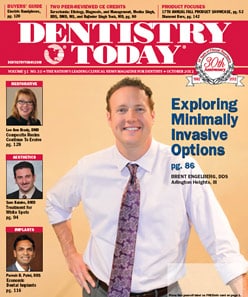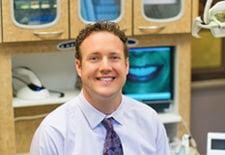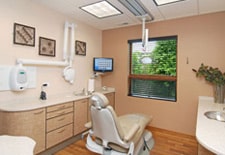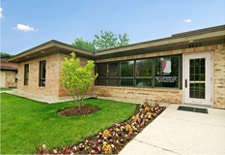 Have you ever wondered what prehistoric men and women did when they have dental issues? New light into ancient dentistry was shed a few years back with the discovery of a 6,500-year-old human jawbone with a beeswax filling. The open access journal PLOS ONE reported a discovery that was made by researchers Federico Bernardini and Claudio Tuniz of Abdus Salam International Centre for Theoretical Physics in Italy which shows that while technology had a way to go, early dental theories on fillings were on the mark.
Have you ever wondered what prehistoric men and women did when they have dental issues? New light into ancient dentistry was shed a few years back with the discovery of a 6,500-year-old human jawbone with a beeswax filling. The open access journal PLOS ONE reported a discovery that was made by researchers Federico Bernardini and Claudio Tuniz of Abdus Salam International Centre for Theoretical Physics in Italy which shows that while technology had a way to go, early dental theories on fillings were on the mark.
Beeswax Fillings
The jawbone in question was in the hands of researchers for some time before the early filling was recognized. In cooperation with several other institutions, Bernardini and Tuniz could tell that the beeswax was most likely applied around the individual’s final days on earth. Confirmation as to whether the application transpired before or after the actual death is not available at this time. However, if the beeswax was applied prior to death, this is extremely exciting in terms of dental history. A beeswax filling in a living Neolithic person would have no better explanation then to reduce the sensitivity and pain from a cracked tooth.
Prehistoric Dental Fillings
There hasn’t been a wealth of solid information about prehistoric dentistry, so the beeswax filling is particularly exciting to scientists and historians, alike. Found in Slovenia, the jawbone is likely to be the most ancient example of a dental filling in Europe. The tooth in question had severe wear, which Tuniz pointed out “is probably also due to its use in non-alimentary activities, possibly such as weaving, generally performed by Neolithic females.”
Cracked Teeth in the Modern Age
These days, if a patient suffers a cracked or chipped tooth, several options for treatment are available. With a molar that is mildly damaged, a regular filling will generally be recommended. If a front tooth is cracked, this can affect the appearance of your smile. Dental bonding is often the best treatment solution for such cases. With bonding, a tooth-colored composite resin is applied to the damaged tooth. The dentist is able to shape the resin before the material hardens, to match your natural teeth.
ABOUT YOUR HIGHLAND PARK DENTIST:
Dr. Brent Engelberg and his highly-skilled team proudly serve patients and their families from Arlington Heights, IL, and all surrounding communities, including; Northbrook, Deerfield, Highland Park, Wilmette, Winnetka, Glencoe, Vernon Hills, Lincolnshire, Libertyville, Skokie, Evanston, Palatine, Schaumburg, Elk Grove Village, Rolling Meadows, and the Northern and Northwest Chicago Suburbs. To learn more, schedule a consultation online, or call our office today at 847-259-8030.












Leave a Reply